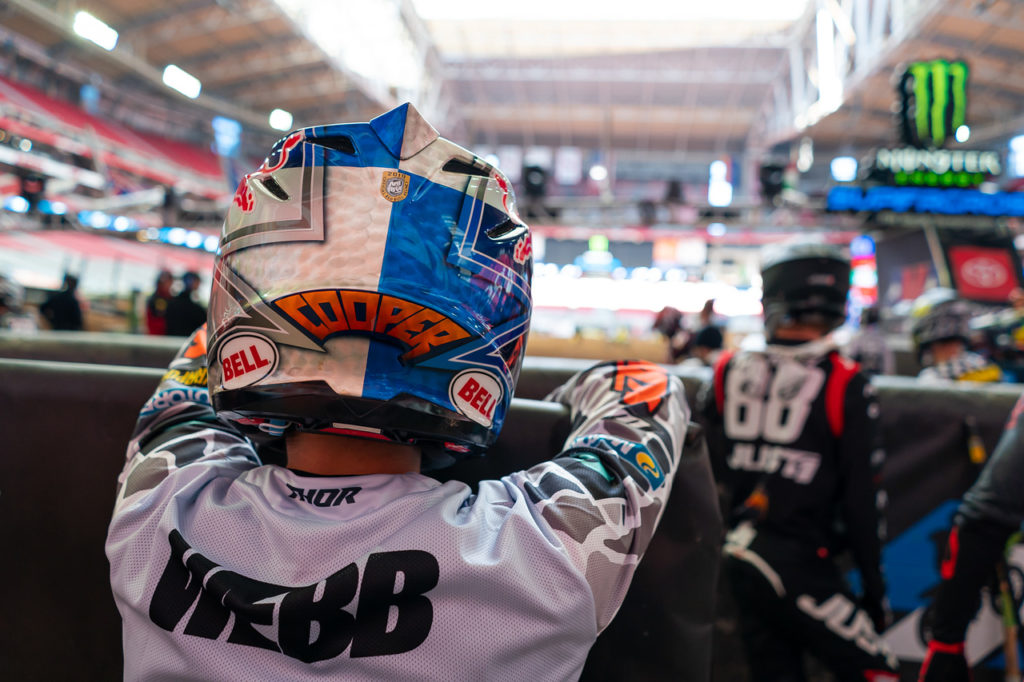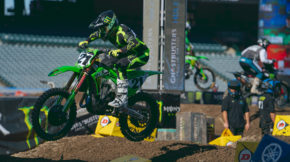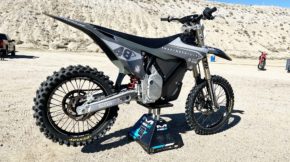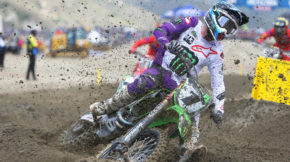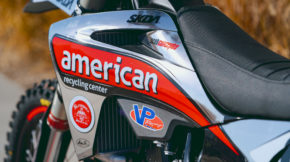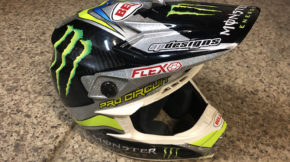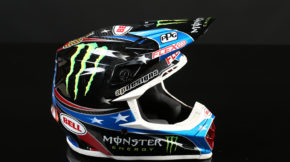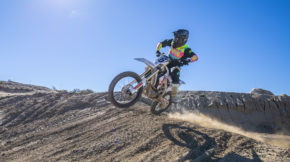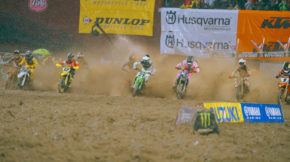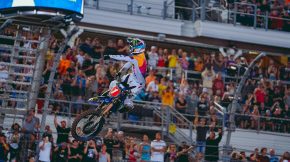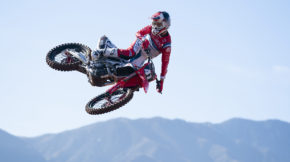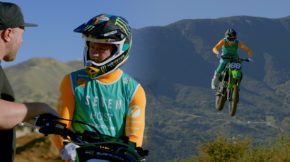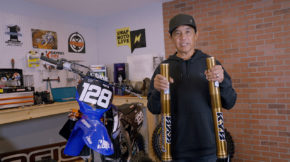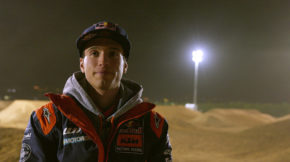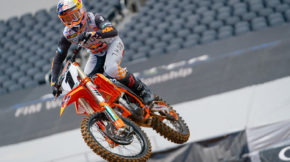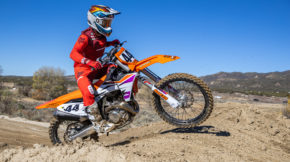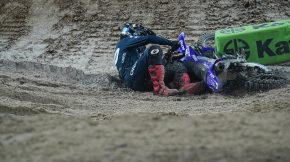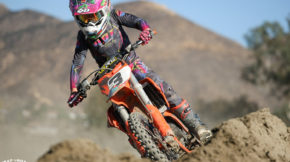Monday Kickstart | April 20 2020
Share
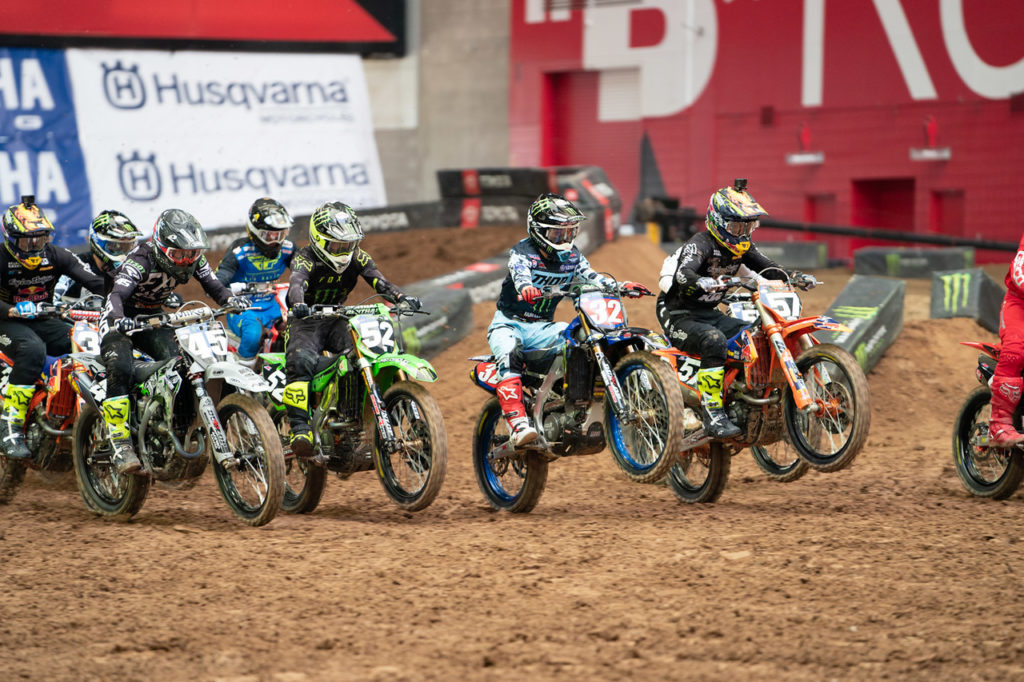
INSTAGRAM | @swapmotolivedotcom
INSTAGRAM | @swapmotolive
COVID-19 & MOTOCROSS | COMPLETE COVERAGE
Have to say it feels a little odd to write about how motocross will be shaped by the COVID-19 crisis. The way society as a whole will come out from this is anyone’s guess because it really is touching every part of the world and the impact it’ll have will last for generations. My thoughts are with the people that will experience the worst of the virus firsthand, from the victims to the healthcare workers to all of their respective families, as well as the people that felt the financial-employment force of the pandemic. That’s always first and foremost. But you’re here to read about dirt bikes and that’s something that’ll be somewhat different when this is all said and done.
We’re getting closer to racing? Maybe in the next few weeks? That’s the word in the metaphorical paddock right now, as we’ve learned that Feld Entertainment and the OEMs are entertaining the idea of refiring the 2020 Monster Energy Supercross Series with a stint of events at one venue to fulfill the 17-race championship. The idea was pitched in a meeting between the promoters and the manufacturers on Friday, which Steve Matthes of PulpMX reported via Twitter later that evening. After contacting multiple sources (riders, teams, and someone close to the series) over the weekend, we’ve learned a lot more about the possible scenarios the series is brainstorming.
Here are the basics of the idea: the series will take over State Farm Stadium, site of the Glendale Supercross, and will run races every few days to make up the remaining seven rounds. It’s almost certain that the tracks will be different for every “round,” thanks to the series’ creative and building crews, and that the final results would be different from every race. Fans, unfortunately, would be barred from attending to adhere to social distancing guidelines so the thousands of seats would be empty, but Feld has deemed that a sacrifice they are willing to make as long as racing goes on.
That’s only the start of changes or efforts that will have to be done for this to happen under the still-developing guidelines that are in place to contain the spread of COVID-19 while simultaneously “reopening the country.”
If you’re a traditional sports fan, you’ve probably heard the “Arizona Idea” thrown around thanks to Major League Baseball. Almost as soon as it became clear that the virus would restrict sports from continuing, the MLB internally discussed running their entire season “behind closed doors” in Arizona and later Florida. It’s an idea that has plenty of merit on paper because every team spends the first part of the year at their Spring Training compounds playing in either the Grapefruit League or Cactus League, an infrastructure system of gyms, hotels, eateries, and transportation that has been worked out for decades. The players and teams could certainly transition back into that program, but the procedures necessary to make that happen per government and CDC guidelines instantly make it a massive challenge.
Upon arrival at the hotel, everyone would then go through the necessary 14-day quarantine. After that, all team staff and league officials would then commit to routine temperature screenings, symptom checks, or tests, have their travel restricted to going back and forth between the stadium and the hotel only, and they could not have physical contact with anyone outside of the group. That means no seeing your family or friends outside of the league and no recreational activities like off-site dinner or golf. A trip to outside of the circle, say to have an injury tended to at a hospital or for a family emergency, would then require the individual to go through the full 14-day quarantine again. It’s an idea that the players have largely deemed unreasonable or impractical for those reasons alone in addition to the fact that some coaches or trainers are classified as “high risk” just for their age. One positive case could bring the entire project to a halt, the way Rudy Gobert did to the NBA.
Baseball isn’t the only sporting league that’s thought about this. Last week an email exchange between Dorna, the organizers of MotoGP, and the OEMs for a similar but different plan for racing at a collection of empty circuits was shared with the media in the road racing series. Teams were told to come up with a list of the staff members that would be essential to keeping bikes on the track, and not one person more. There would be no need for a hospitality suite, as all sponsors and special guests would be barred from attending, and a Press Officer wouldn’t be necessary because only reporters and photographers employed by Dorna would be at the track. Per MotoMatters, a high-quality site run by MotoGP journalist David Emmett, this possible number of people could be at least 1000. Are European countries going to be okay with a thousand or so people from all corners of the world coming to their regions for a few days to race motorcycles, even if the throngs of fans don’t join them? That’s a massive development that we’re still waiting to see play out, but time is on their side because the series doesn’t think this would happen until much later in the year, in regions with warm weather year-round.
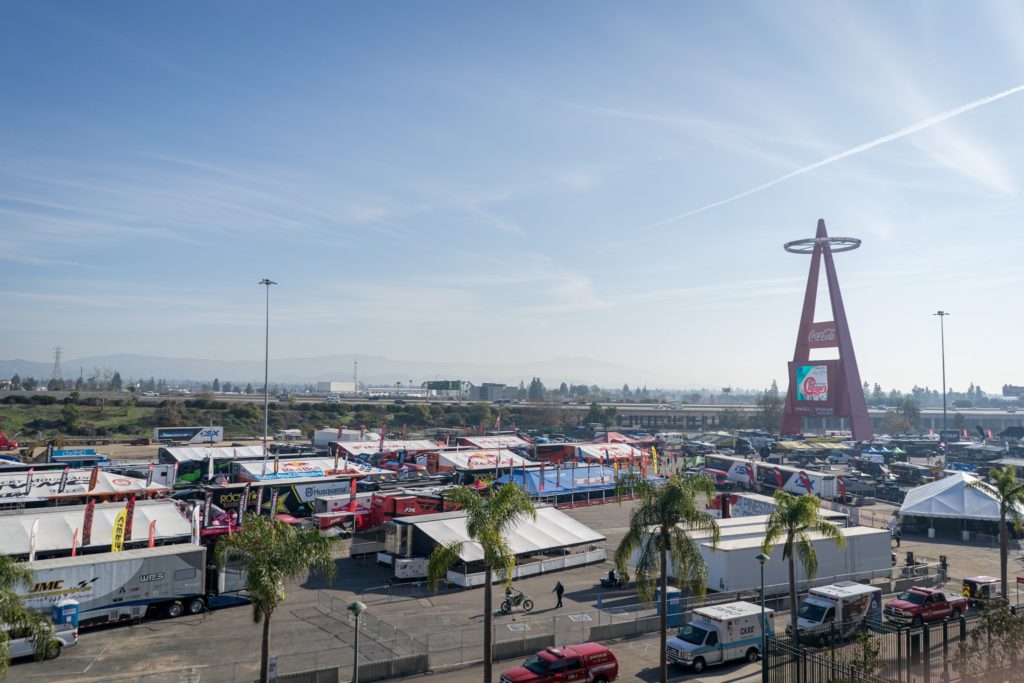
“You need a minimum of 44 riders for full starting gates in both the 250 and 450 Main Events, plus one mechanic per rider. So right there you have 88 people, all before factoring in the team managers, crew chiefs, suspension tech, engine tuners, and data analyzers.”
Which brings us to Supercross. The project that Feld Entertainment is looking to star is a hybrid of what baseball and MotoGP have in mind, with the Arizona aspect and people together at the same place of baseball mixed with the same manufacturers and a somewhat similar infrastructure of MotoGP. From what we’ve been told, Feld and the teams will need to sketch up a list of people necessary to run the races at State Farm Stadium, which is more extensive than you might think. You need a minimum of 44 riders for full starting gates in both the 250 and 450 Main Events, plus one mechanic per rider. So right there you have 88 people, all before factoring in the team managers, crew chiefs, suspension tech, engine tuners, data analyzers, and truck drivers. Dunlop, Hoosier, and Pirelli would all be needed to change tires, too, because the Arizona hard-pack is rough on rubber. With these people alone, we’re already passed 200, not counting the Feld Entertainment personnel that manages the whole operation, builds the track, and waves the caution flag, nor the AMA’s officials, the staff of the Alpinestars Mobile Medical Unit, or the television production crew.
It’s obvious that more cuts will be made to bring the number down, but what those might be remain to be determined. We’ve heard some wishful thinking that anyone with a hard card credential could attend, like was initially planned at Indianapolis, but even that seems unlikely under the MotoGP model that restricts industry personnel and the media. The entry list of all classes could be cut down to just the elite, which would leave most privateers out, but that list could be clipped down by crashes or injuries every week. Look at the results of 450 Race Three from the Glendale Triple Crown for evidence of that…
Would riders and teams be willing to stake out at the same hotel for weeks on end? Or would they be allowed to travel back and forth between races? The second option is the direct opposite of what’s been deemed the most practical method. Would repeated tests and checks occur or will the scarcity of expensive supplies cause this to be bypassed? And what if someone gets sick? There are so many possible disruptions or questions that must be considered when thinking about this plan, all of which could bring the series to an instant halt and impact the rest of the industry.
From what we’ve heard, the teams seem to like the idea. It’s not what they were initially told to expect, as it’s much sooner than the September-October timeline they were given a few weeks ago, but it now allows them to complete the Supercross series before starting the Lucas Oil Pro Motocross Championship. They’ll have to hurry up and get their bikes built and trucks loaded, but most of those tasks were probably done a month ago when the series was put on hold. One rider told us that if the OEMs are in, then it’s a go.
As for the May-June timeline, we did hear that some would rather resume racing in June, as this would allow them extra time to get things in order and for riders to resume part of their training routine (every rider has altered their program in one way or another, be it through less riding, stock bikes, limited parts, and so on). That would put the Supercross series in even closer proximity to the start of the Lucas Oil Pro Motocross Championship, which MX Sports has indicated could be pushed to June 20. The two groups have worked very well together over the last few years and the current situation has made them much closer, as they are in think-tanks created to help motocross through the crisis.
If Supercross returns with no crowds and a reduced number of attendees, it’s okay by us. Our website traffic (and thus our incomes) is largely determined by racing, so a return would help us directly. If it means that we can’t come, well that’s a bummer, yet we’re holding out hope that our working relationship with Feld Entertainment and the rest of the industry could get us on the approved list. Some racing is better than no racing, but a few pressing questions must be answered.
Will riders and teams be willing to commit? There’s still some uncertainty among those that race, as they’ve spent the last few weeks on hiatus with no clear plan, but they’ve expressed willingness to get ready if a concrete date is determined.
Is this even possible to pull off? The professional side of our sport has different parties involved in the organization and on-track action, many of which are known for being a little complicated and inconsistent. An undertaking of this kind would require flawless communication and activation from all groups. Feld also will have to bring back a portion of their workforce that were cut in recent layoffs.
What happens if someone comes down with the illness or has to leave the contained area? They would have to be immediately quarantined and 14 days is about how long this timeframe could be. It would be the most unexpected end to a rider’s season that we’ve ever seen.
Would one positive test cause the entire series to stop again? Feld and teams will collectively spend hundreds of thousands of dollars, if not more, to cover the stadium rental, lodging and food, construction, parts and materials, and payroll.
Is racing worth the risk of possibly infecting a rider, team member, or another necessary staffer? That’s a personal decision that will likely need a group agreement.
This is largely being called an “exploratory project” by those involved, an effort that they must go through in order to bring racing back and something we applaud them for. They have much more at stake than anyone does, through their sponsorship agreements, television packages, and logistics. Unfortunately, the more that one thinks about the entirety of this, the more daunting it becomes.
